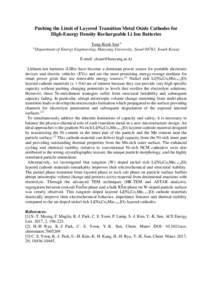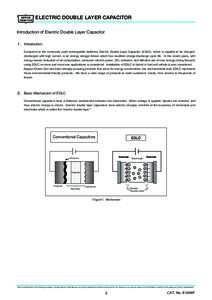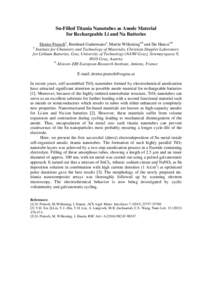 Date: 2013-11-20 09:53:33Battery Lead–acid battery Sulfuric acid Electronic waste Hazardous waste Lead Universal waste Battery recycling Battery Directive Chemistry Rechargeable batteries Waste | |  Environmental Fact Sheet Lead-Acid Batteries What are Lead-Acid Batteries and why are they of concern? Lead-acid batteries, which are commonly used in motor vehicles, forklifts, golf carts, garden tractors, and wheelcha Environmental Fact Sheet Lead-Acid Batteries What are Lead-Acid Batteries and why are they of concern? Lead-acid batteries, which are commonly used in motor vehicles, forklifts, golf carts, garden tractors, and wheelcha
Add to Reading ListSource URL: www.anr.state.vt.usDownload Document from Source Website File Size: 50,70 KBShare Document on Facebook
|

 Environmental Fact Sheet Lead-Acid Batteries What are Lead-Acid Batteries and why are they of concern? Lead-acid batteries, which are commonly used in motor vehicles, forklifts, golf carts, garden tractors, and wheelcha
Environmental Fact Sheet Lead-Acid Batteries What are Lead-Acid Batteries and why are they of concern? Lead-acid batteries, which are commonly used in motor vehicles, forklifts, golf carts, garden tractors, and wheelcha



